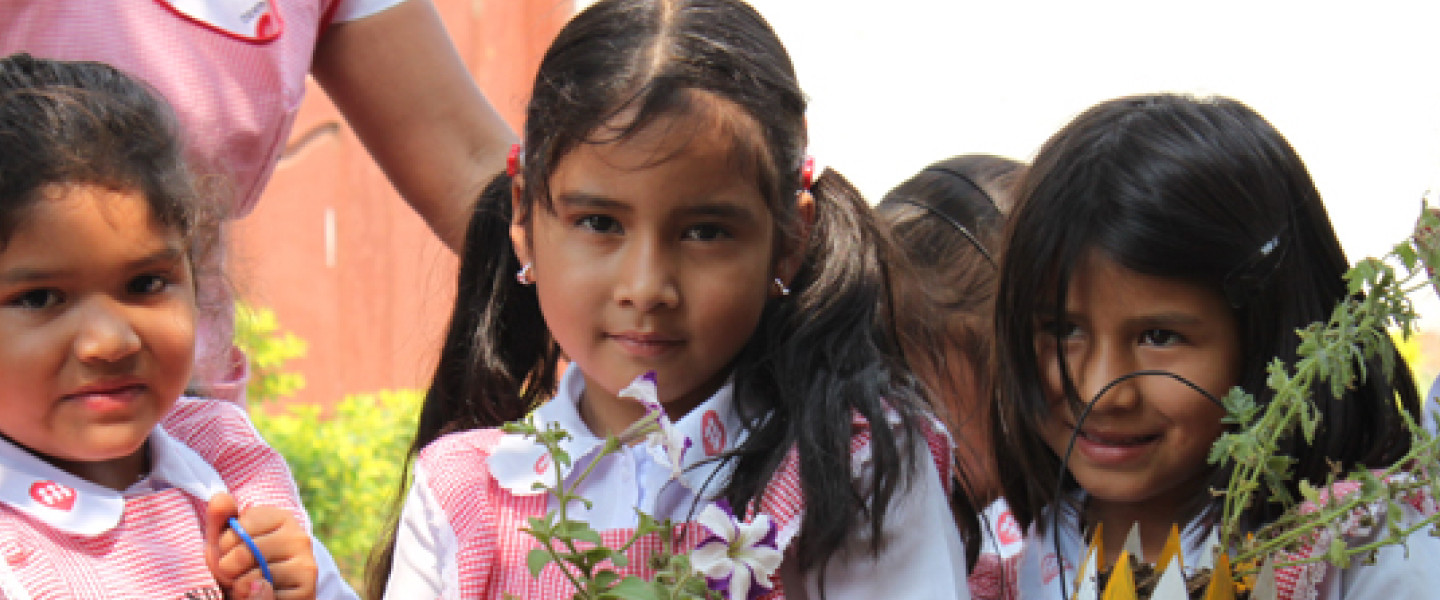Although there have been many advances in a lot of countries throughout the last years; women still suffer gender discrimination since childhood. UNESCO points out that the 53% girls of 61 million minors cannot access to primary education[1], despite the continuous improvement of the gender parity in the access to education.
It has been achieved the 97% of girls schooled in pre-schools everywhere, excepting East Asia and Pacific region. However, differences are bigger in secondary education. In fact, only 1 of 4 countries had the same number of girls and boys enrolled in the upper secondary education in 2014 and two thirds of 758 million adult illiteracy people are women.
Girls have to deal with several obstacles in order to access to school and continue into it. Some of these obstacles, such as poverty, child marriage, early pregnancy and domestic work are insurmountable. Armed conflicts reinforce the gender inequality: girls double the possibilities to be out of school in comparison with boys. Displacements of boys, girls and families from their houses weaken the protection mechanisms and these families has no more choice but looking for survival strategies, such as the child marriage or the domestic work, putting girls and young people in disadvantaged positions.
Keeping girls and young people in schools is very hard sometimes, according to the data provided. In Sub-Saharan Africa, the 75% of girls starts the primary school but only the 8% finishes the secondary school.
However, the education of girls, besides a widely recognized human right and a matter of justice, provides a lot of benefits to their lives and the lives of their families, communities and countries. The girls who remain into the school more time, get married later, have less children, gain more money and can resist better the gender violence[2]. An added year in school, boost the salary of women by 12%[3].
Maternal and child mortality reduces by 15% when mothers have studied in primary education and by 49% when they have studied in secondary education. These women have less risks of contracting VHI or malaria. Their children have more chances to benefit a proper nutrition and go to school.
However, to achieve all this, it is crucial to assure a quality and equitable education to all the girls, by putting into practice the necessary and proper political measures and increasing the investment in education. It is necessary to reduce the distance and the time they spend to go to school and the way have to be safe. Schools must have tap water and toilets for boys and girls.
It is essential to keep a balance of equality among women and men who teach and improve their salaries and training. In a Fe y Alegría project about gender equality promotion the teacher Dina Carpio points out: “I’ve learned to recognize children have rights and they have to be respected. I know now girls and boys are equal and they can do the same things without discrimination”[4]. It is also important to involve communities and families in the education, remove costs in education and make legislative and awareness changes to eliminate the child marriage and to reduce the early pregnancies[5].
A few months ago was the anniversary of the signing up of the Sustainable Development Goals and the 2030 Agenda in the United Nations Summit, a guide of a task list during the next years to eliminate poverty, inequality and to achieve a sustainable development. There is a Goal specially focused in education (SDG4) and another one focused in gender equality (SDG5). Both of them complement each other, as mentioned before, and they are crucial to the achievement of the rest of Goals and ultimately, to the achievement of a more peaceful, innovative, fairer and sustainable world.
You can support one of our projects involving skilled women now.
https://magisamericas.org/proyectos/strengthening-skills-among-uruguayan-youth/
https://magisamericas.org/proyectos/15ecu001-vocational-training-equipment-in-guayaquil/
[1] UNESCO y UNGEI (2015). Gender and EFA 2000_2015: achievements and challenges.
[2] Entreculturas (2011). Las niñas a clase: una cuestión de justicia. Accesible en. https://www.entreculturas.org/files/documentos/estudios_e_informes/Las%20nin%C2%A6%C3%A2as%20a%20clase.pdf?download
2] Malala Fund. What works in Girls’ Education: https://www.malala.org/brookings-report/the-worlds-best-investment-girls-education.
[3] Lloyd, C. B. (2013). “Education for Girls: Alternative Pathways to Girls’ Empowerment.” Integrated Approaches to Improving the Lives of Adolescent Girls Issue Paper Series. GirlEect.org.
[4] UNESCO.Gender Review, Global Monitoring Report, 2016
